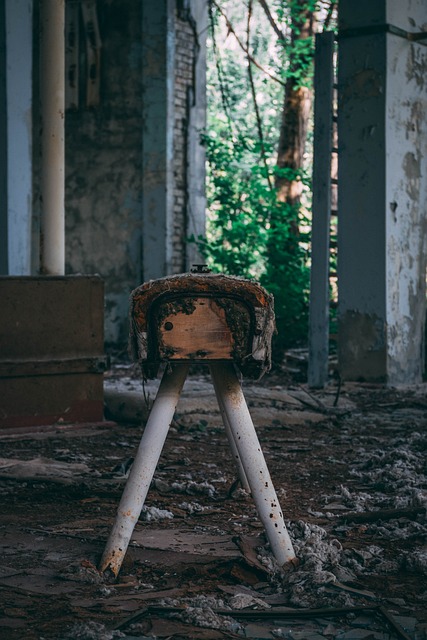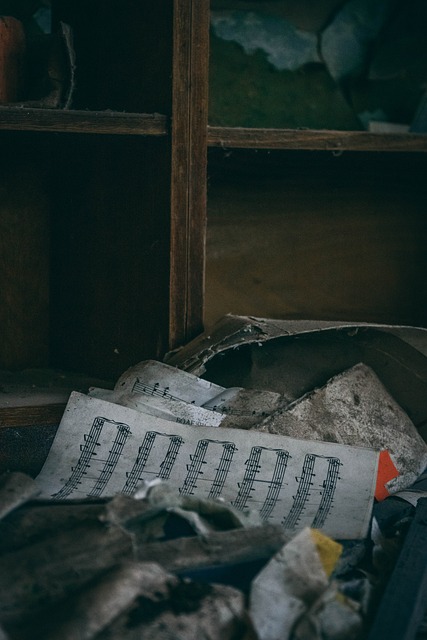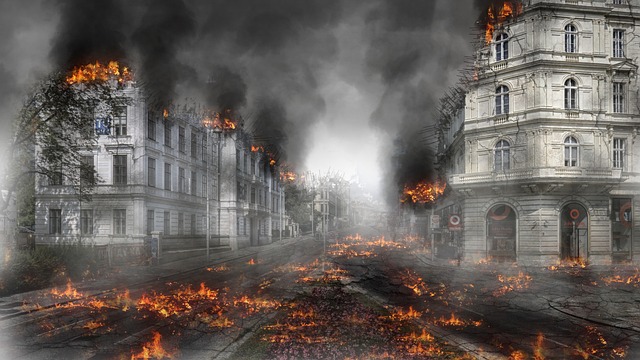Fire safety in real estate enhances property value, structural integrity, and tenant appeal by using fire-resistant materials like concrete, steel, rated drywall, and flame-retardant insulation. Adhering to building codes prioritizes evacuation safety while investments in these materials attract conscientious tenants, reduce insurance claims, and ensure profitability.
In today’s digital era, understanding fire safety in real estate is paramount for both property owners and tenants. This article explores the significance of using fire-resistant construction materials, offering a comprehensive guide for real estate professionals. We delve into key considerations, including choosing suitable materials, their impact on property value, and enhancing tenant safety. By adopting these practices, real estate investments can become safer, more sustainable, and more desirable in the market.
Understanding Fire Safety in Real Estate

Fire safety is an integral aspect of real estate that cannot be overlooked. In the event of a fire, quick response and well-designed structures can significantly mitigate damage and save lives. Real estate investors and developers must understand the importance of using fire-resistant construction materials to create safe habitats. By incorporating these materials, they ensure that buildings meet stringent safety standards, appealing to tenants and buyers who prioritize security.
In the competitive real estate market, fire-resistant features act as a differentiator, enhancing property value. These materials not only protect against structural damage but also help contain fires, allowing for better evacuation and reducing the risk of injuries. With regular maintenance and up-to-date safety systems, fire-resistant constructions offer peace of mind for residents and investors alike, making them a wise choice in today’s market.
Choosing Fire-Resistant Building Materials

When it comes to fire safety in construction, selecting the right materials is paramount. In the real estate sector, builders and developers have a wide array of options when it comes to fire-resistant building materials. Concrete, for instance, is a popular choice due to its innate ability to withstand high temperatures and provide structural integrity during a fire. Similarly, steel—especially treated or coated varieties—offers excellent resistance, making it a common component in modern construction.
Other materials like fire-rated drywall, insulation designed for flame retardation, and specialized glass treatments also play crucial roles in creating fire-safe environments. These products not only delay the spread of flames but also help contain smoke, improving indoor air quality and facilitating safer evacuations. Understanding local building codes and regulations is essential, as they dictate which materials can be used and how they must perform during fire tests.
The Impact on Property Value and Tenant Safety

Using fire-resistant construction materials can significantly enhance property value in the real estate market. Buildings constructed with these advanced materials often command higher rental rates and attract tenants seeking safe, secure living spaces. In today’s digital era, where fire hazards are ever-present, such properties offer peace of mind, knowing that their homes are protected against potential disasters.
Tenants prioritize safety above all else when choosing a place to live, and fire-resistant buildings cater to this need. This feature not only boosts tenant satisfaction but also reduces insurance claims and potential losses for property owners. By investing in these materials, real estate investors can create assets that are both valuable and resilient, ensuring long-term profitability and a competitive edge in the market.






